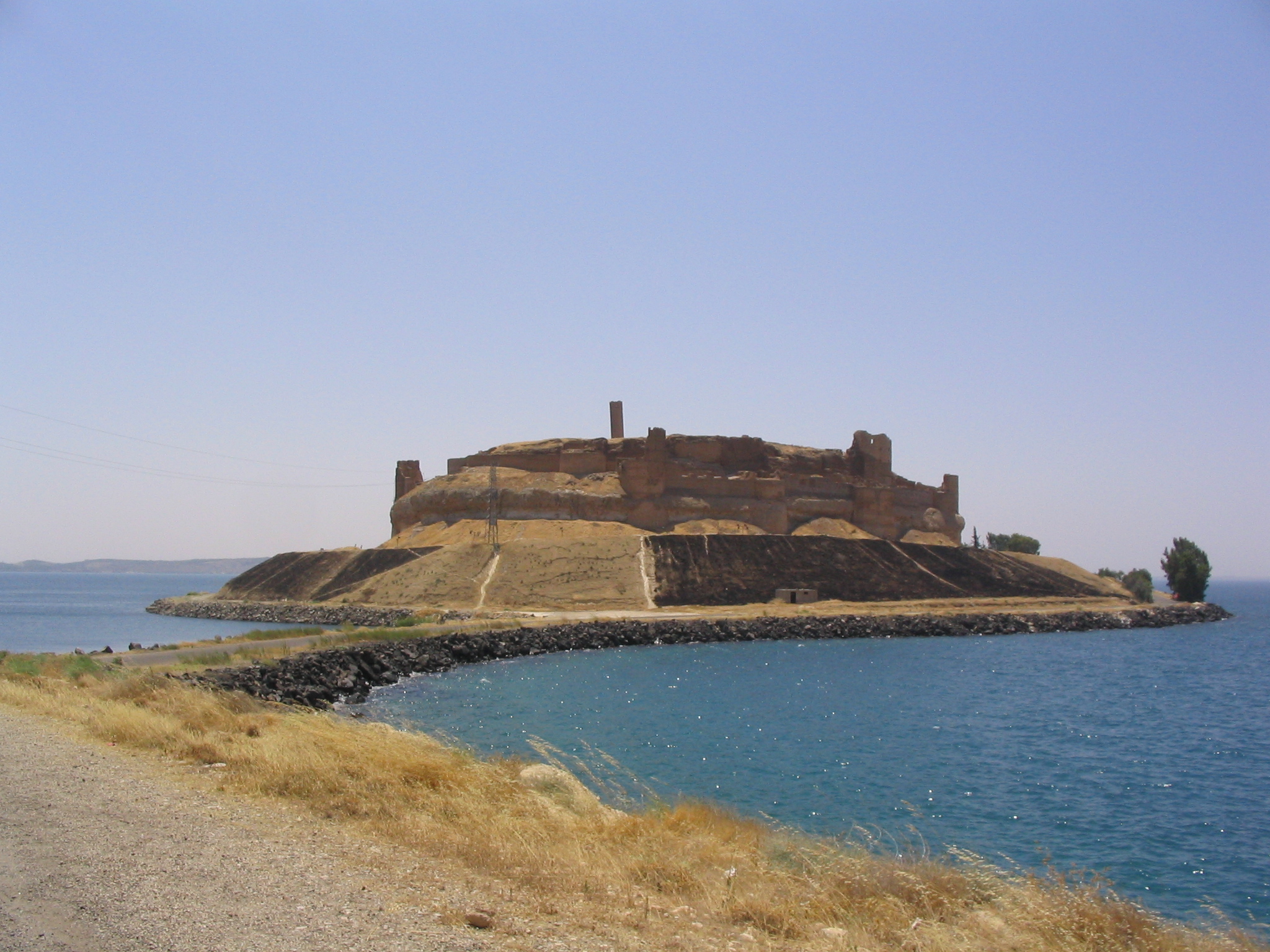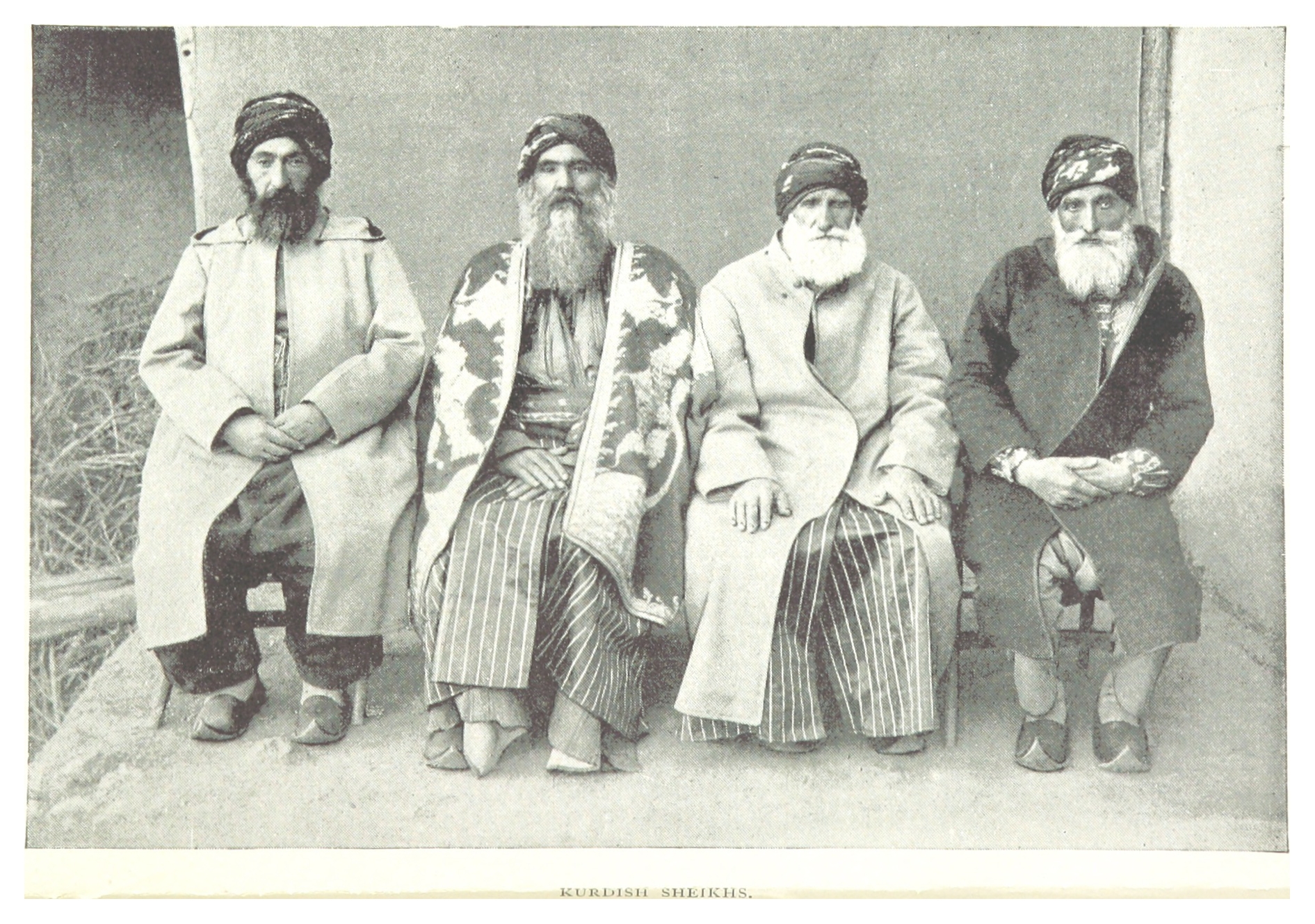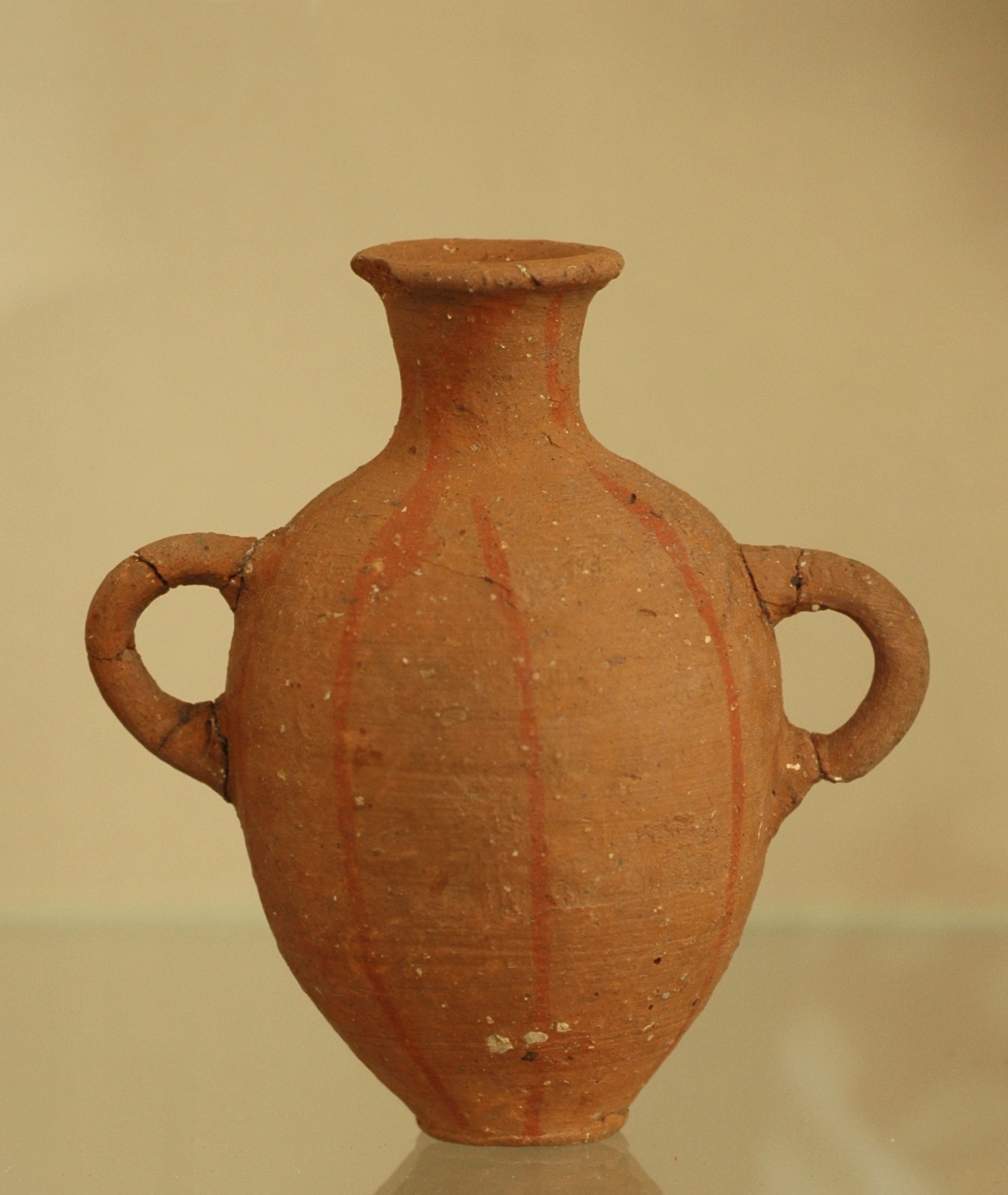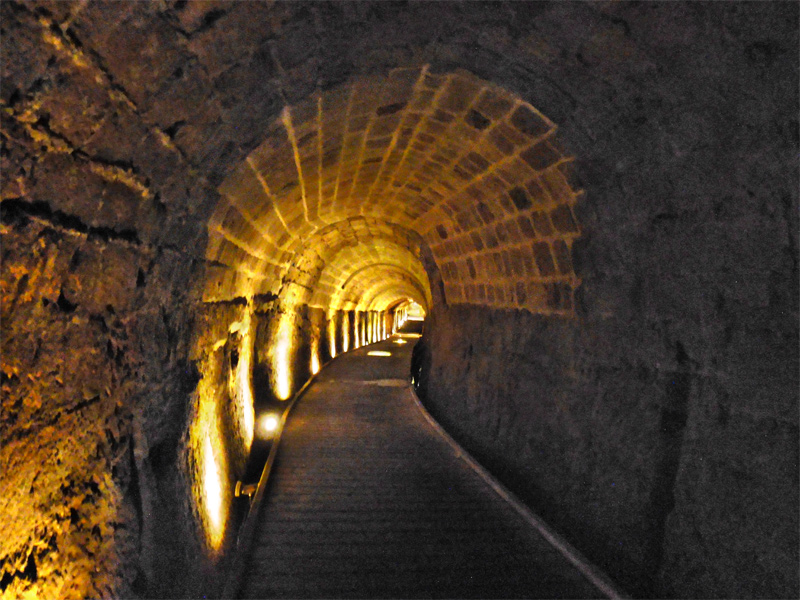|
Atiyya Ibn Salih
Asad al-Dawla Abū Dhūʿaba ʿAṭiyya ibn Ṣāliḥ (; died July 1073) was the Mirdasid emir of Aleppo in 1062–1065. Prior to his assumption of the emirate in Aleppo, he had been the Mirdasid emir of al-Rahba from 1060. He continued as the emir of al-Rahba and the eastern portion of the Mirdasid realm after losing Aleppo to his nephew Mahmud ibn Nasr. He lost al-Rahba in 1070. He entered Byzantine protection afterward and launched a failed assault against Mahmud's territories before his death in Constantinople. Family Atiyya was the son of Salih ibn Mirdas, who established Mirdasid rule in Aleppo in 1024, and his wife Tarud.Bianquis 1993, p. 119.Zakkar 1971, p. 51. The latter was noted in contemporary sources for her beauty. Both Salih and Tarud belonged to the Banu Kilab, a large Arab tribe that dominated northern Syria and the western Jazira in the 11th century. In 1014, Salih had been forced to divorce Tarud during his incarceration by the emir of Aleppo, Mansur ibn Lu'lu ... [...More Info...] [...Related Items...] OR: [Wikipedia] [Google] [Baidu] |
List Of Rulers Of Aleppo
The monarchs of Aleppo reigned as kings, emirs and sultans of the city and its surrounding region since the later half of the 3rd millennium BC, starting with the kings of Armi, followed by the Amorite dynasty of Yamhad. Muslim rule of the city ended with the Ayyubid dynasty which was ousted by the Mongol conquest in 1260. The rulers of Yamhad used the titles of king and Great King, while the Hittite dynasty monarchs used the titles of king and viceroy. The Emirate of Halab was established in 945 by the Hamdanid dynasty and lasted until 1086, when it became a sultanate under the Seljuq dynasty. The sultanate was sometimes ruled together with Damascus under the same sultan. The Artuqids rulers used the titles of Malik and emir, as did the Zengid rulers which added the title atabeg. The Ayyubid monarchs used the titles of sultan and malik. The dates for Yamhad and the Hittite Dynasties are proximate and calculated by the Middle chronology. Yamhad Kings Yamhad was the name ... [...More Info...] [...Related Items...] OR: [Wikipedia] [Google] [Baidu] |
Barbalissos
Balis (), also known as Barbalissos () and Barbalissus (Latin), was an ancient and medieval fortress on the Euphrates River near the ruins of the still more ancient Emar. It is particularly known for the 253 Battle of Barbalissos, where the Roman army was defeated by Sassanid Persia. The fortress town's own ruins are located at the modern Qala'at Balis () in the Aleppo Governorate of northern Syria. History The nearby bend of the Euphrates and its trade routes had been controlled in the 2nd millennium BC by nearby Emar, which was finally destroyed in The area also seems to have had a prehistoric ford at times. By the time of the Persian Empire, the area had been resettled and become known by the Aramaic name .. It is likely the area was used during the invasions by Cyrus and Alexander. Under the Roman Empire, Barbalissus was a city in the province of Euphratensis. An outpost near the Roman border with Parthia and Persia, it served as the garrison town for the Dalmatian Cavalry ... [...More Info...] [...Related Items...] OR: [Wikipedia] [Google] [Baidu] |
Oghuz Turks
The Oghuz Turks ( Middle Turkic: , ) were a western Turkic people who spoke the Oghuz branch of the Turkic language family. In the 8th century, they formed a tribal confederation conventionally named the Oghuz Yabgu State in Central Asia. Today, much of the populations of Turkey, Azerbaijan and Turkmenistan are descendants of Oghuz Turks. The term Oghuz was gradually supplanted by the terms Turkmen and Turcoman ( or ''Türkmân'') by the 13th century.Lewis, G. ''The Book of Dede Korkut''. Penguin Books, 1974, p. 10. The Oghuz confederation migrated westward from the Jeti-su area after a conflict with the Karluk allies of the Uyghurs. In the 9th century, the Oghuz from the Aral steppes drove Pechenegs westward from the Emba and Ural River region. In the 10th century, the Oghuz inhabited the steppe of the rivers Sari-su, Turgai and Emba north of Lake Balkhash in modern-day Kazakhstan. They embraced Islam and adapted their traditions and institutions to the Islam ... [...More Info...] [...Related Items...] OR: [Wikipedia] [Google] [Baidu] |
Azaz
Azaz () is a city in northwest Syria, roughly north-northwest of Aleppo. According to the Syria Central Bureau of Statistics (CBS), Azaz had a population of 31,623 at the 2004 census.General Census of Population and Housing 2004 . Syria Central Bureau of Statistics (CBS). Aleppo Governorate. , its inhabitants were almost entirely s, mostly but also some [...More Info...] [...Related Items...] OR: [Wikipedia] [Google] [Baidu] |
Qinnasrin
Qinnašrīn (; ; ; ), was a historical town in northern Syria. The town was situated southwest of Aleppo on the west bank of the Queiq (historically, the Belus) and was connected to Aleppo with a major road during Roman times. Some scholars propose that the ruins of Qinnašrīn are located at al-Hadher to the east of the Queiq River, while Chalcis' location was at the modern Syrian village of Al-Iss, Aleppo Governorate to the west of the river. Others think that Qinnasrin has always been located at al-Iss from the Hellenistic to the Ayyubid period. History Hellenistic and Roman periods According to Appian, Chalcis was founded by Seleucus I Nicator (reigned 305-281 BC), and named after Chalcis in Euboea. Chalcis was distinguished from ''Chalcis sub Libanum'' (modern Anjar, Lebanon) by its river, the ancient Belus. The river—but not the city—was named for the Semitic god Bel or Baʿal. In 92 AD, Chalcis received the title "Flavia", in honor of Emperor Domitian, to be kn ... [...More Info...] [...Related Items...] OR: [Wikipedia] [Google] [Baidu] |
Numayrid Dynasty
The Numayrids () were an Arab dynasty based in Diyar Mudar (western Upper Mesopotamia). They were emirs (princes) of their namesake tribe, the Banu Numayr. The senior branch of the dynasty, founded by Waththab ibn Sabiq in 990, ruled the Euphrates cities of Harran, Suruç, Saruj and Raqqa more or less continuously until the late 11th century. In the early part of Waththab's reign (r. 990–1019), the Numayrids also controlled Edessa until the Byzantine Empire, Byzantines conquered it in the early 1030s. In 1062, the Numayrids lost Raqqa to their distant kinsmen and erstwhile allies, the Mirdasid dynasty, Mirdasids, while by 1081, their capital Harran and nearby Saruj were conquered by the Turkish Seljuk Empire, Seljuks and their Arab Uqaylid dynasty, Uqaylid allies. Numayrid emirs continued to hold isolated fortresses in Upper Mesopotamia, such as Qal'at Najm, Qal'at an-Najm and Sinn Ibn Utayr near Samosata until the early 12th century, but nothing is heard of them after 1120. ... [...More Info...] [...Related Items...] OR: [Wikipedia] [Google] [Baidu] |
Sheikh
Sheikh ( , , , , ''shuyūkh'' ) is an honorific title in the Arabic language, literally meaning "elder (administrative title), elder". It commonly designates a tribal chief or a Muslim ulama, scholar. Though this title generally refers to men, there are also a small number of female sheikhs in history. The title ''Syeikha'' or ''Sheikha'' generally refers to women. In some countries, it is given as a surname to those of great knowledge in religious affairs, by a prestigious religious leader from a silsila, chain of Sufi scholars. The word is mentioned in the Qur'an in three places: verse 72 of Hud (surah), Hud, 78 of Yusuf (surah), Yusuf, and 23 of al-Qasas. A royal family member of the United Arab Emirates and some other Arab countries, also has this title, since the ruler of each emirate is also the sheikh of their tribe. Etymology and meaning The word in Arabic stems from a Semitic root, triliteral root connected with aging: , ''shīn-yā'-khā. The title carries the me ... [...More Info...] [...Related Items...] OR: [Wikipedia] [Google] [Baidu] |
Battle Of Al-Funaydiq
The Battle of al-Funaydiq took place on 30 August 1060, between the forces of the Fatimid Caliphate under Nasir al-Dawla Ibn Hamdan, and the forces of the renegade Mirdasid chieftain of the Banu Kilab, Mahmud ibn Nasr, who aimed to capture Aleppo. The battle was a comprehensive defeat for the Fatimids after their Bedouin allies switched sides, resulting in the capture of Ibn Hamdan and most of his commanders. As a result of the battle, Aleppo surrendered to Mahmud ibn Nasr, ending direct Fatimid rule over the city for good. Background The Emirate of Aleppo in northern Syria had been a target of the Fatimid Caliphate since its first expansion in the region under Caliph al-Aziz (). After a series of confrontations with its Hamdanid rulers and the Byzantine Empire, which also claimed the city as its vassal, a permanent peace was reached in 1001 with a mutually acceptable ''modus vivendi'' that left Aleppo as a buffer state beholden to both Fatimids and Byzantines. This did not preve ... [...More Info...] [...Related Items...] OR: [Wikipedia] [Google] [Baidu] |
Ahdath
The ''ahdath'' () were local militias of irregular police in Syria in the 10th to 12th centuries. They maintained order and protected cities from outside domination. Some later writers ascribed them proletarian values, as outlets of the popular will. Most fulfilled a more formal police function and in many cases worked with the urban bourgeoisie. They helped the Fatimid Caliphate in Syria defend against the Crusaders The Crusades were a series of religious wars initiated, supported, and at times directed by the Papacy during the Middle Ages. The most prominent of these were the campaigns to the Holy Land aimed at reclaiming Jerusalem and its surrounding ....Angus McBrideSaladin and the Saracens'. Osprey Publishing, 1986. , References {{reflist Medieval history of Syria Military history of the Fatimid Caliphate Crusades Militias in Asia Historical law enforcement occupations Military units and formations of the medieval Islamic world ... [...More Info...] [...Related Items...] OR: [Wikipedia] [Google] [Baidu] |
Byblos
Byblos ( ; ), also known as Jebeil, Jbeil or Jubayl (, Lebanese Arabic, locally ), is an ancient city in the Keserwan-Jbeil Governorate of Lebanon. The area is believed to have been first settled between 8800 and 7000BC and continuously inhabited since 5000BC. During its history, Byblos was part of numerous cultures including Old Kingdom of Egypt, Egyptian, Phoenician, Assyrian, Achaemenid Empire, Persian, Hellenistic period, Hellenistic, Roman Empire, Roman, Genoese Republic, Genoese, Mamluk Sultanate, Mamluk and Ottoman Empire, Ottoman. Urbanisation is thought to have begun during the third millennium BC when it developed into a city, making it one of the List of oldest continuously inhabited cities, oldest cities in the world, if not the oldest. It is a UNESCO World Heritage Site. It was in Ancient Byblos that the Phoenician alphabet, likely the ancestor of the Greek alphabet, Greek, Latin and all other Western alphabets, was developed. Etymology The name appears as ''Keb ... [...More Info...] [...Related Items...] OR: [Wikipedia] [Google] [Baidu] |
Beirut
Beirut ( ; ) is the Capital city, capital and largest city of Lebanon. , Greater Beirut has a population of 2.5 million, just under half of Lebanon's population, which makes it the List of largest cities in the Levant region by population, fourth-largest city in the Levant region and the List of largest cities in the Arab world, sixteenth-largest in the Arab world. The city is situated on a peninsula at the midpoint of Lebanon's Mediterranean Sea, Mediterranean coast. Beirut has been inhabited for more than 5,000 years, making it one of the List of oldest continuously inhabited cities, oldest cities in the world. Beirut is Lebanon's seat of government and plays a central role in the Economy of Lebanon, Lebanese economy, with many banks and corporations based in the city. Beirut is an important Port of Beirut, seaport for the country and region, and rated a Global City, Beta- World City by the Globalization and World Cities Research Network. Beirut was severely damaged by ... [...More Info...] [...Related Items...] OR: [Wikipedia] [Google] [Baidu] |
Acre, Israel
Acre ( ), known in Hebrew as Akko (, ) and in Arabic as Akka (, ), is a List of cities in Israel, city in the coastal plain region of the Northern District (Israel), Northern District of Israel. The city occupies a strategic location, sitting in a natural harbour at the extremity of Haifa Bay on the coast of the Mediterranean's Levantine Sea. In the Village Statistics, 1945, 1945 census Acre's population numbered 12,360; 9,890 Muslims, 2,330 Christians, 50 Jews and 90 classified as "other".Department of Statistics, 1945, p4Government of Palestine, Department of Statistics. ''Village Statistics, April, 1945.'' Quoted in Hadawi, 1970, p40 Acre Prison, Acre's fort was converted into a jail, where members of the Jewish underground were held during their struggle against the Mandate authorities, among them Ze'ev Jabotinsky, Shlomo Ben-Yosef, and Dov Gruner. Gruner and Ben-Yosef were executed there. Other Jewish inmates were freed by members of the Irgun, who Acre Prison break, brok ... [...More Info...] [...Related Items...] OR: [Wikipedia] [Google] [Baidu] |







